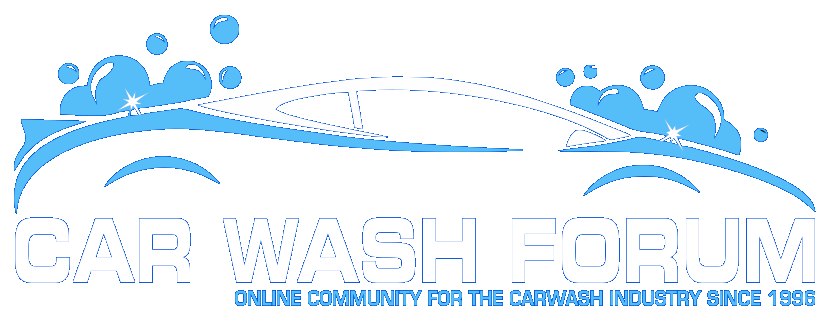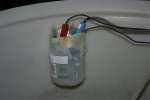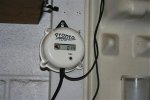Bubbles Galore
Active member
What type of charcoal do I have to get? Is there a specific place that I should try and find it? I want to get this taken care of asap, I don't like delivering a sub-par product.
Are the membranes interchangeable? I have a ginsan RO system and I'm not sure if their membranes are proprietary.
Are the membranes interchangeable? I have a ginsan RO system and I'm not sure if their membranes are proprietary.
Last edited:









